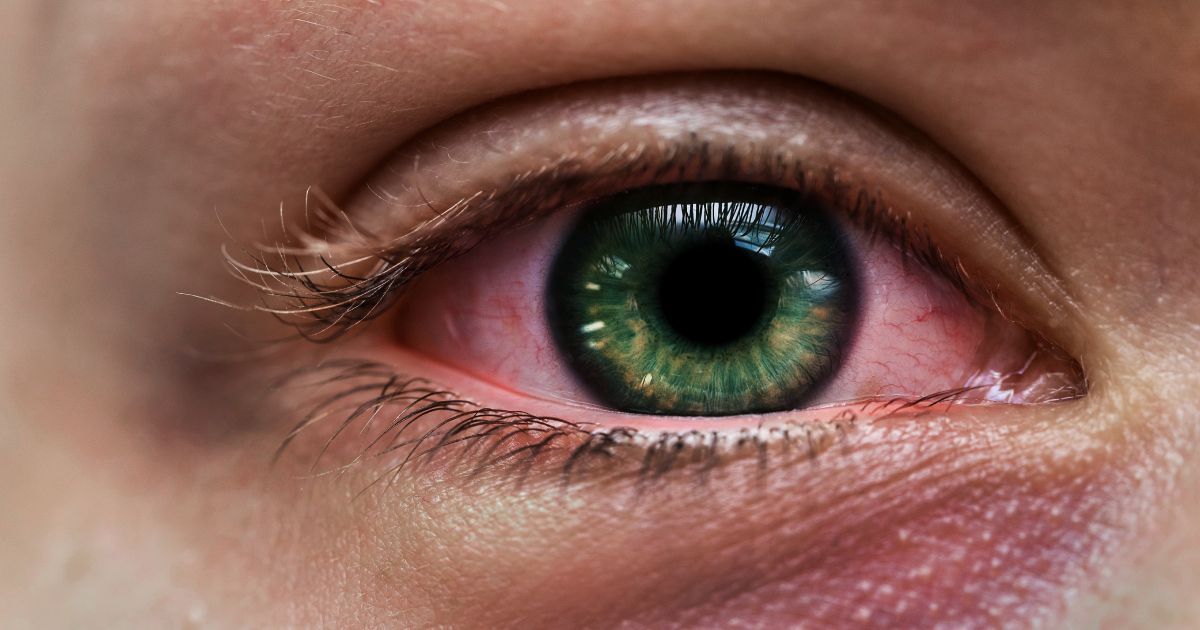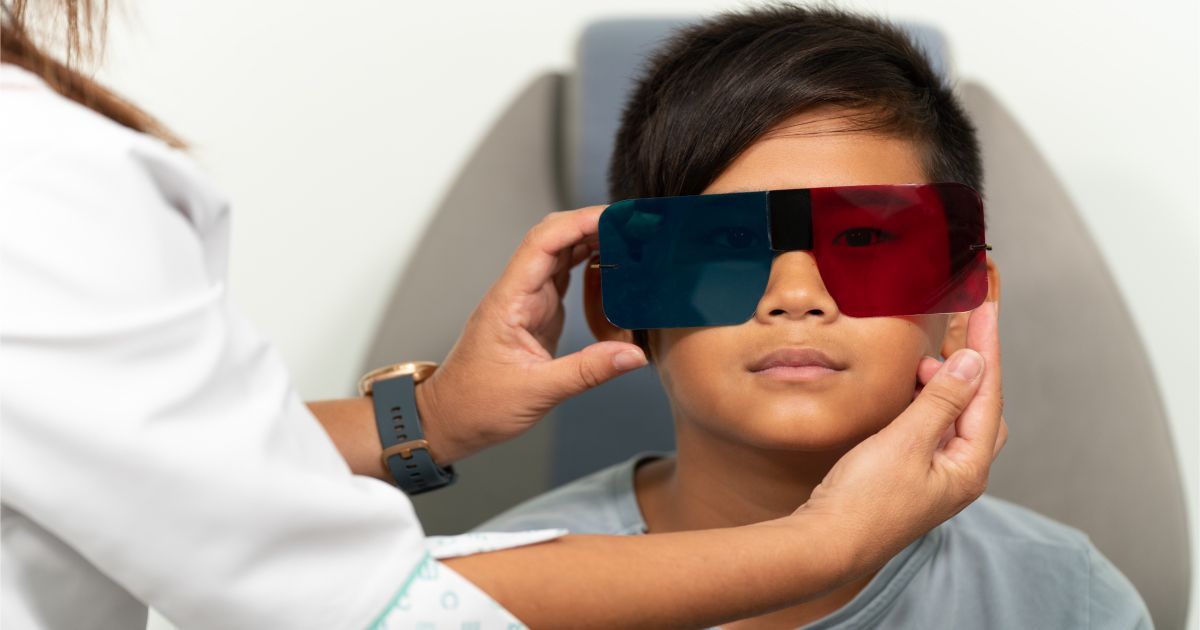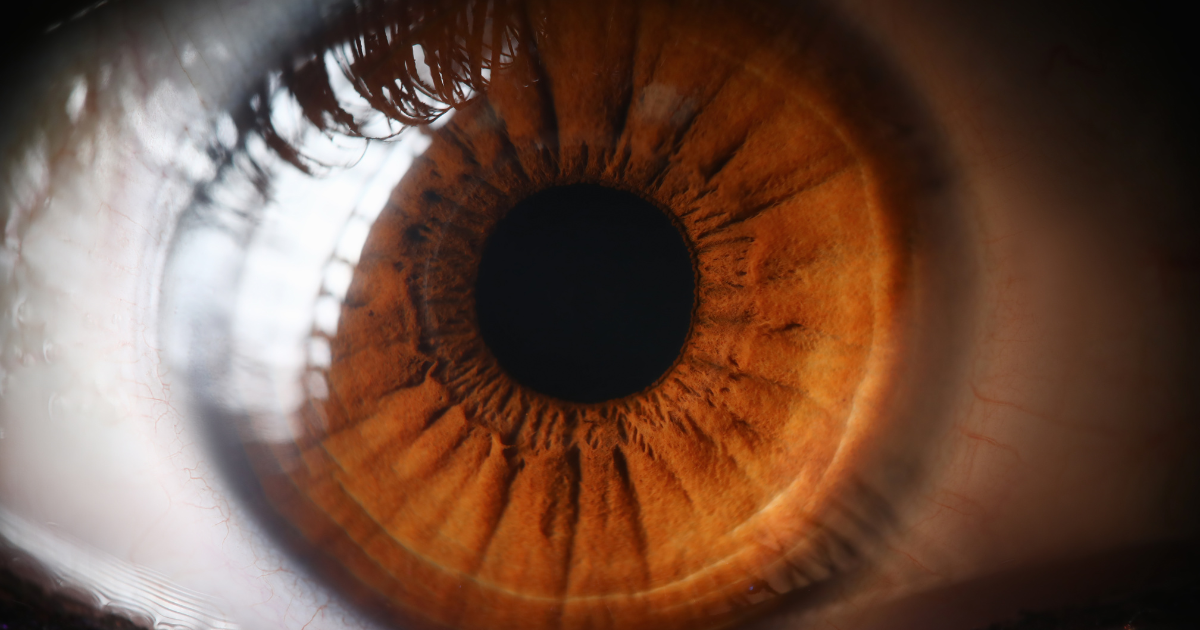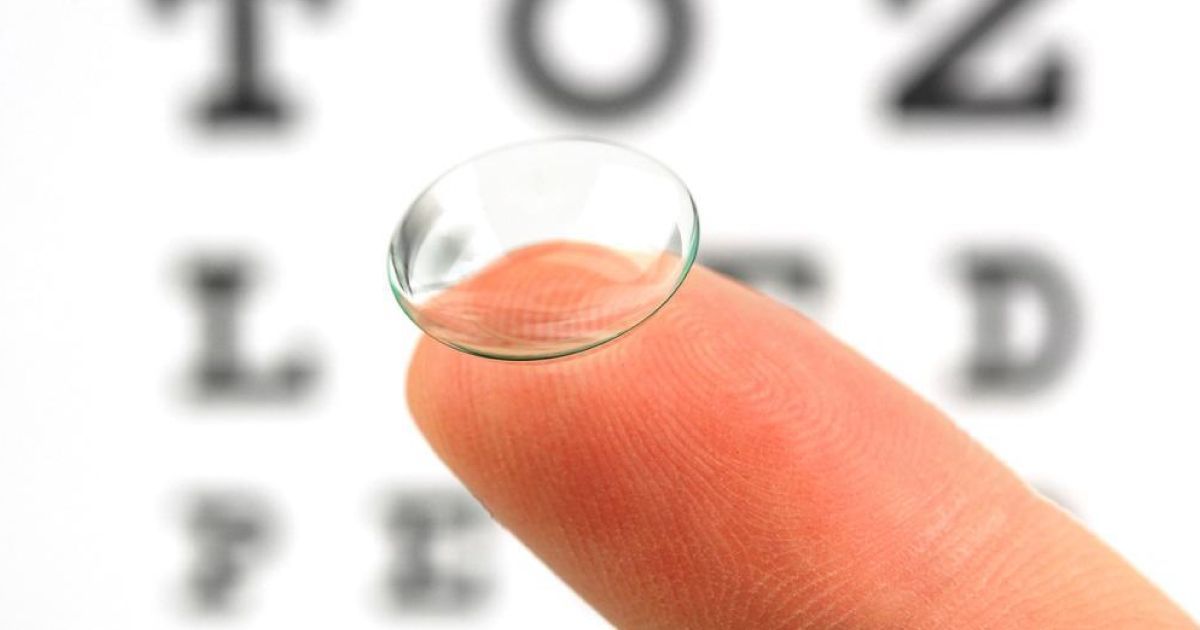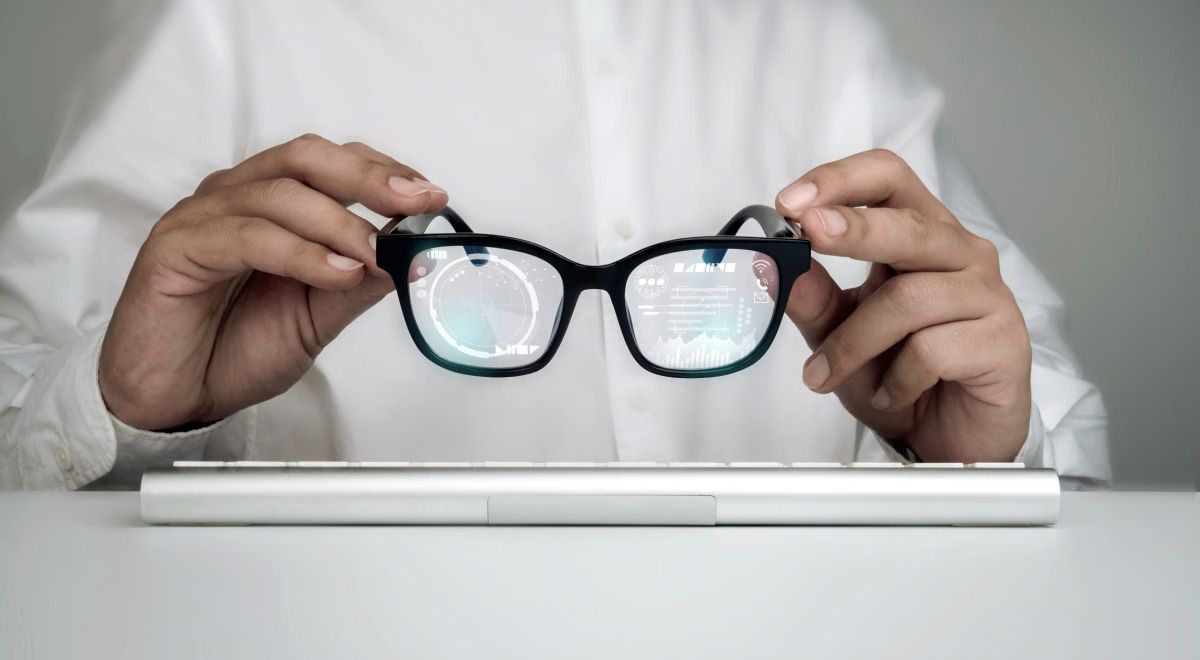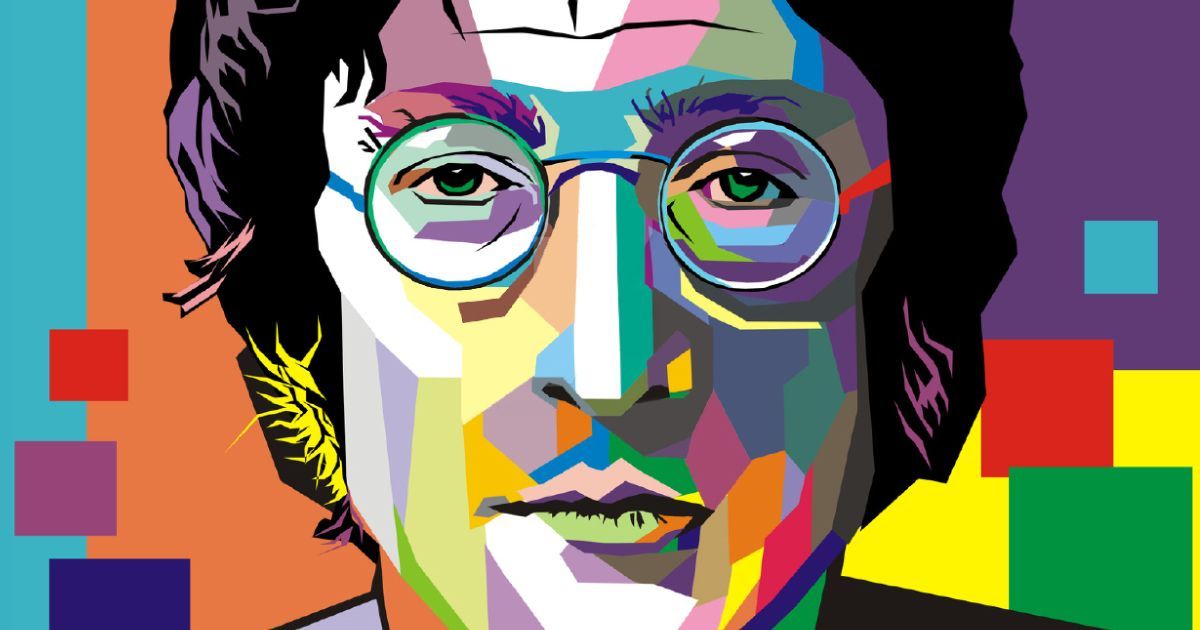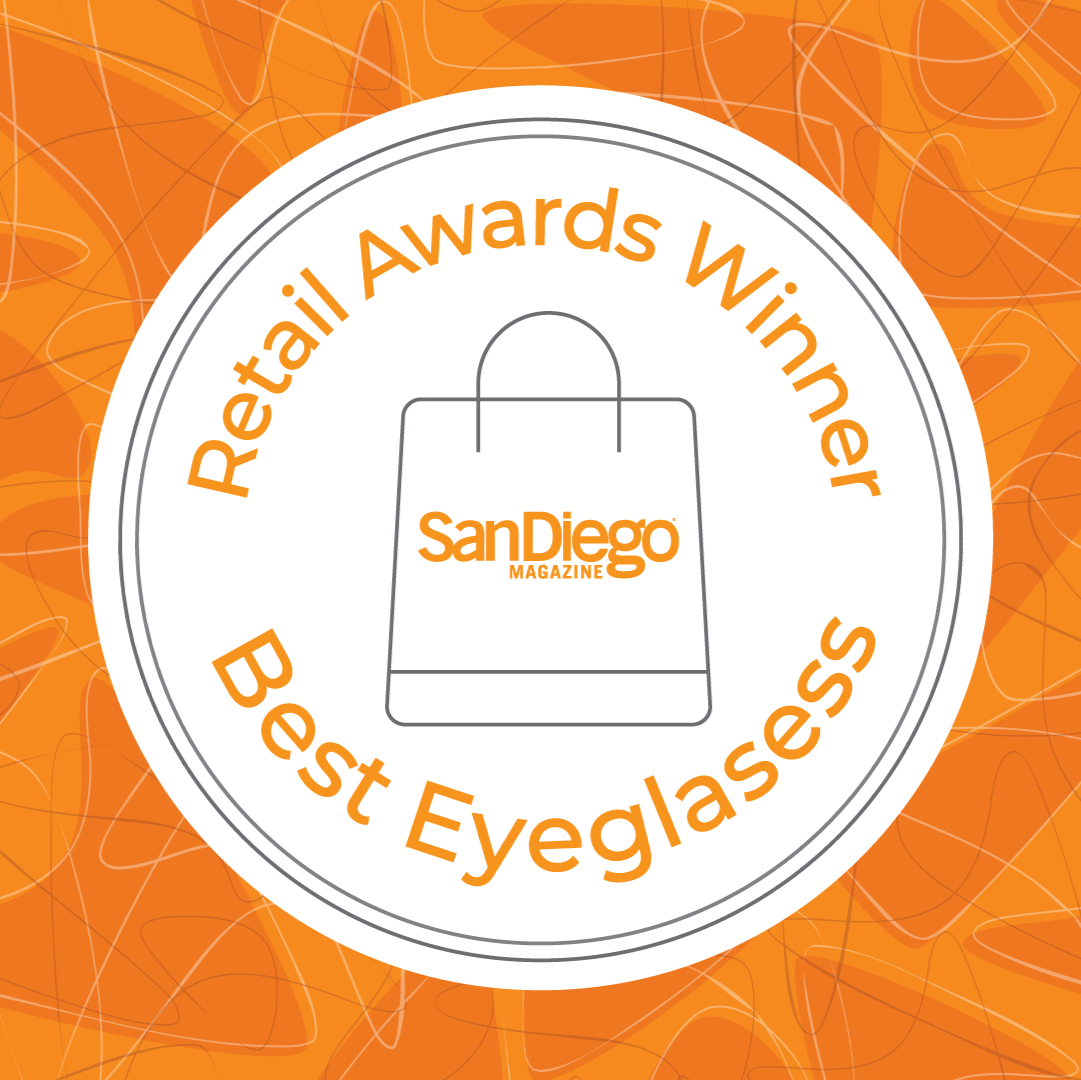Presbyopia: The Age-Related Shift in Vision
Photo: Stock Photo
As we age, the ability of our eyes to focus on near objects gradually diminishes, marking a common vision condition called presbyopia, experienced by many. Let’s take a closer look at presbyopia.
Presbyopia Can be Traced Back for Centuries
Presbyopia's historical footprints can be traced back for centuries, woven into the tapestry of human experience. Ancient scholars and philosophers observed the gradual decline in near vision with age, recognizing the distinctiveness of this phenomenon. However, the understanding of presbyopia as a natural aging process took time to crystallize.
One of the earliest recorded mentions of presbyopia dates back to ancient Greece, where the term "presbys" meaning old, was combined with "ops" meaning eyes. This amalgamation captures the essence of presbyopia – the aging eyes phenomenon.
Presbyopia and the Lens of the Eye
To understand presbyopia, we need to examine the anatomy of the eye, focusing on the crystalline lens. The lens, situated behind the iris, plays a pivotal role in adjusting focus. With age, the lens loses its elasticity, making it challenging to adjust its shape for close-up vision.
Contemporary Insights into Presbyopia
Modern medicine has deepened our understanding of presbyopia, bringing clarity to its underlying mechanisms. The age-related changes in the lens' protein composition and its gradual thickening contribute to the loss of flexibility. Additionally, the diminishing functionality of the ciliary muscles, responsible for lens accommodation, adds to the complexity of presbyopia.
Symptoms and Impact on Daily Life
Presbyopia manifests in various ways, impacting daily activities that demand close-up focus. Reading small print, threading a needle, or working on a computer become challenging tasks. Individuals may find themselves holding reading materials at arm's length to read the text clearly.
Diagnostic Measures
Diagnosing presbyopia involves a comprehensive eye examination, which includes visual acuity tests and a refraction assessment. Your Urban Optiks Optometry eyecare professional determines the appropriate prescription for corrective lenses to address both presbyopia and any existing refractive errors.
Treatment Options
Presbyopia may be an inevitable part of aging, but effective treatment options exist to enhance near vision and alleviate its impact on daily life:
- Reading Glasses: Reading glasses are a simple and effective solution for presbyopia. These glasses have a prescription specifically tailored for close-up activities. They are a convenient option for individuals who experience difficulty with near vision but don't require corrective lenses for distance.
- Bifocal and Multifocal Lenses: Bifocal and multifocal lenses offer a more versatile solution for individuals with presbyopia and other refractive errors like nearsightedness or farsightedness. Bifocals have two prescriptions – one for distance and one for close-up vision, typically divided by a visible line. Multifocal lenses, on the other hand, provide a gradual transition between the prescriptions, allowing for a more seamless shift in focus.
- Progressive Lenses: Progressive lenses, also known as no-line bifocals, offer a smooth and gradual transition between different prescriptions for various distances. They eliminate the visible lines found in traditional bifocals, providing a more aesthetically pleasing option while addressing presbyopia.
- Contact Lenses: Presbyopic individuals who prefer contact lenses can opt for multifocal contact lenses. These lenses provide clear vision at different distances, offering the convenience of not having to switch between multiple pairs of glasses.
- Refractive Surgery: Refractive surgical procedures, such as laser-assisted in situ keratomileusis (LASIK) or photorefractive keratectomy (PRK), can also be considered for presbyopia correction. These surgeries reshape the cornea to improve its ability to focus light, reducing dependence on glasses.
Prevention and Lifestyle Considerations
While presbyopia is a natural part of aging, adopting certain lifestyle measures may help delay its onset or minimize its impact. These measures include:
- Balanced Diet: Nutrient-rich foods, particularly those containing vitamins C and E, zinc, and omega-3 fatty acids, support overall eye health.
- Adequate Lighting: Ensuring proper lighting when reading or engaging in close-up tasks can reduce eye strain associated with presbyopia.
- Regular Eye Examinations: Routine eye check-ups are crucial for detecting presbyopia and other vision changes early, enabling timely intervention.
The Takeaway
People have been dealing with presbyopia, the age-related shift in near vision, for centuries. You can navigate the journey of your aging eyes with informed choices. Whether embracing the simplicity of reading glasses or exploring advanced options like refractive surgery, addressing presbyopia allows for clearer vision and a more focused perspective changes, this article breaks down the complexities of presbyopia, offering clarity for everyone.
The information provided in this article is intended for general knowledge and educational purposes only and should not be construed as medical advice. It is strongly recommended to consult with an eye care professional for personalized recommendations and guidance regarding your individual needs and eye health concerns.
All of Urban Optiks Optometry's blog posts and articles contain information carefully curated from openly sourced materials available in the public domain. We strive to ensure the accuracy and relevance of the information provided. For a comprehensive understanding of our practices and to read our full disclosure statement, please click here.
OUR LATEST POSTS
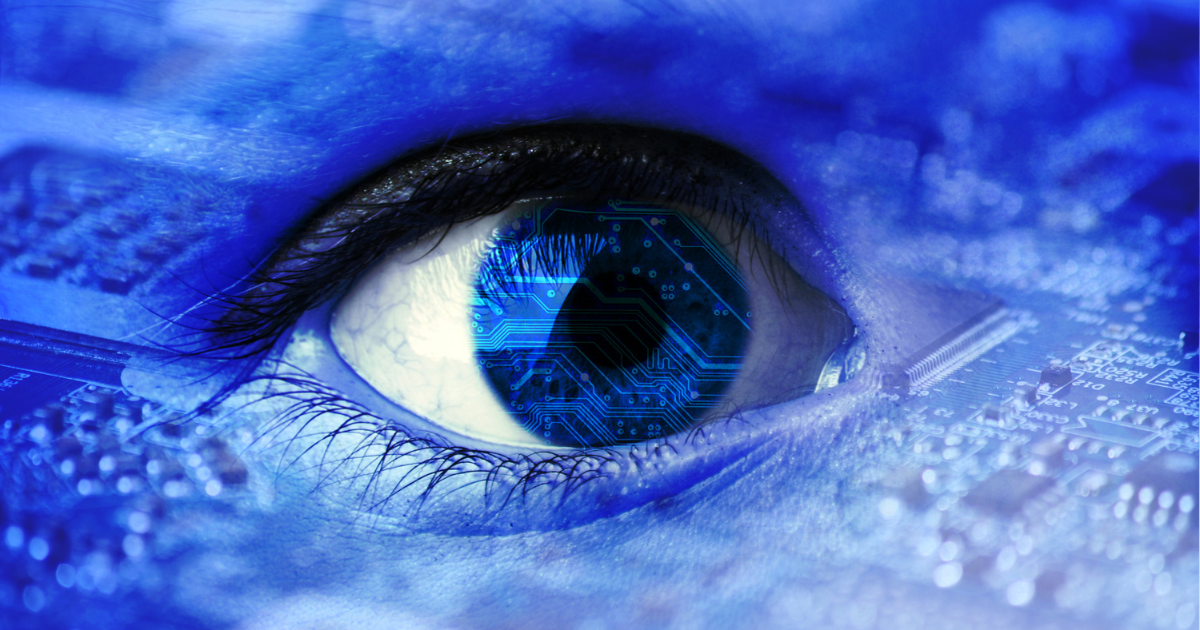

© Urban Optiks Optometry, Inc. 2009-2024
All Rights Reserved
Location
The Cairo Building
3788 Park Blvd, Suite 5
San Diego, CA 92103
Phone: 619.683.2020
Text: 619.683.2020
Fax: 619.683.2111
Email: info@uoosd.com
Hours
Monday: 9 am – 7 pm
Tuesday: 9 am – 6 pm
Wednesday: 9 am – 6 pm
Thursday: 9 am – 7 pm
Friday: 9 am – 6 pm
Saturday: 9 am – 5 pm
Sunday: Closed



